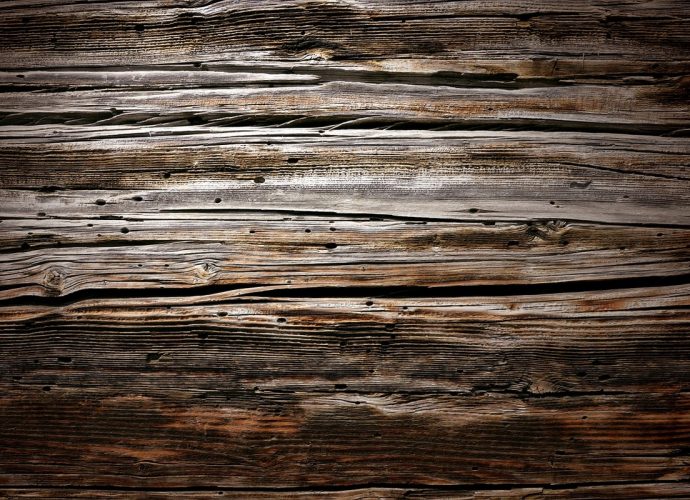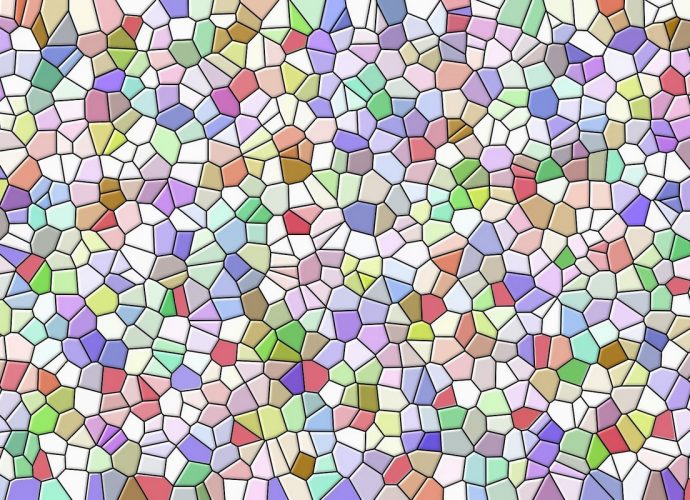Who Actually Built The Sphinx?
The most compelling evidence that the Sphinx was built for the Egyptian Pharaoh Khafre during his reign (2520-2494 BC) is in the architecture, geology, and archaeology of the Sphinx and its related monuments. … The Sphinx may have been intended to associate the king with the sun god. Why didRead More →









